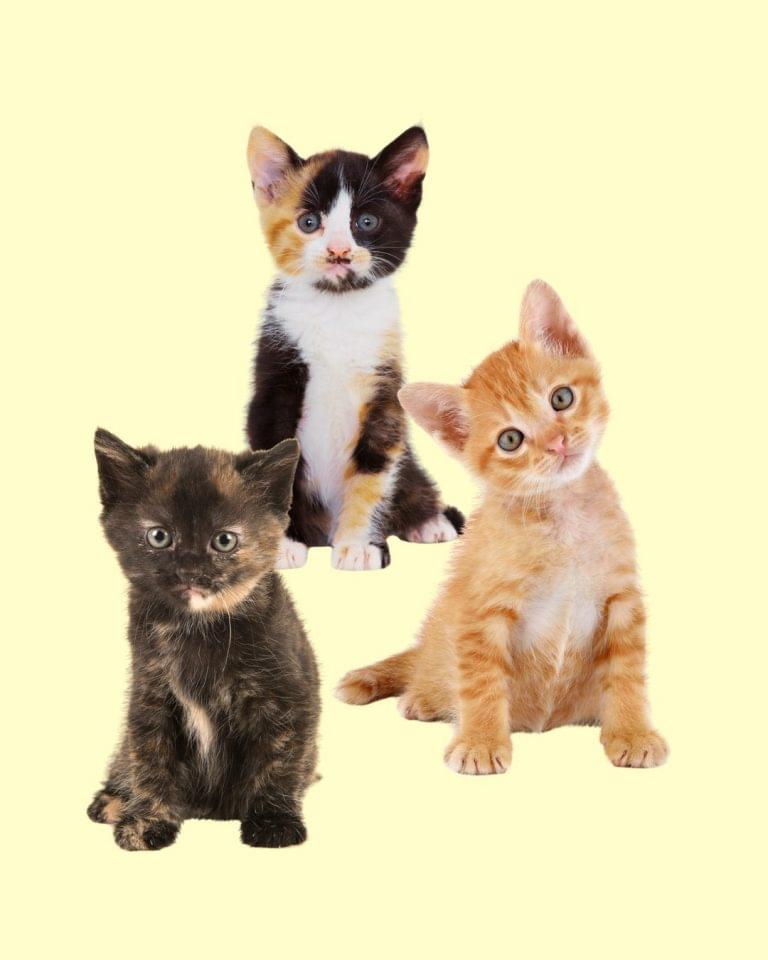Questions to inspire discussion.
🌐 Q: What distinguishes embedded AI from language models like ChatGPT? A: Embedded AI interacts with the real world, while LLMs (Large Language Models) primarily answer questions based on trained information.
Chip Production and Supply.
💻 Q: What are Samsung’s plans for chip production in Texas? A: Samsung’s new Texas chip plant will produce 2nm chips with 16,000 wafers/month by the end of 2024, boosted by a $16B Tesla deal.
🔧 Q: How will the Samsung-Tesla deal impact Tesla’s chip supply? A: The deal will significantly boost Tesla’s chip supply, producing 17,000 wafers per month of 2 nanometer chips reserved solely for Tesla.
AI Infrastructure and Applications.






